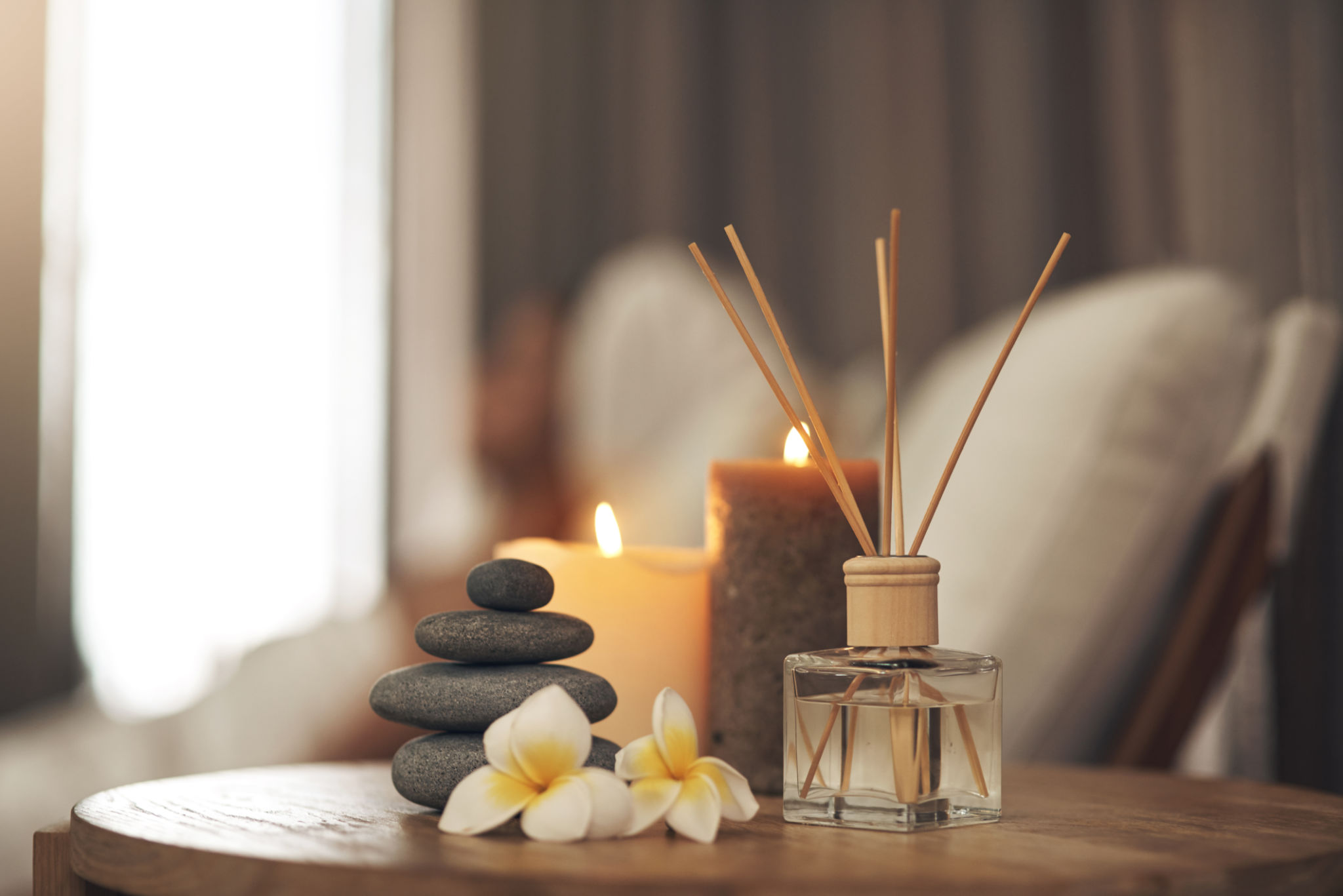How to Create a Personal Meditation Space at Home
Why Create a Personal Meditation Space?
In today's fast-paced world, finding a moment of peace can be a challenge. Creating a personal meditation space at home is an effective way to carve out a sanctuary for relaxation and introspection. A dedicated area for meditation encourages consistency in practice and helps one disconnect from the daily hustle.
Having a space that is solely yours, free from distractions, can significantly enhance your meditation experience. It can also serve as a visual reminder to take time for yourself, promoting mental well-being and mindfulness.

Selecting the Right Location
The first step in creating your meditation space is choosing the right location. Ideally, this should be a quiet area in your home where you feel comfortable and relaxed. Consider spaces that are away from high-traffic areas to minimize interruptions.
Natural light can enhance your meditation experience, so if possible, select a location near a window. However, ensure that the space is not too bright or exposed to harsh sunlight, which can be distracting during meditation.
Furnishing Your Meditation Space
Once you've chosen the location, it's time to furnish your meditation area. Keep it simple and minimalistic to maintain focus. Consider the following elements:
- Meditation Cushion or Mat: A comfortable cushion or mat provides support during meditation sessions.
- Small Table or Altar: Use this to hold items that inspire you, such as candles, crystals, or meaningful objects.
- Blanket or Shawl: Keep one nearby for added comfort and warmth.

Incorporating Nature
Bringing elements of nature into your meditation space can enhance the ambiance and promote tranquility. Consider adding plants, which improve air quality and bring a sense of calm. A small indoor fountain or a bowl of water with floating candles can also add to the serene atmosphere.
The sound of natural elements, such as water or birdsong, can be soothing and aid in relaxation. You might use a sound machine or nature-inspired playlists to create this effect.
Personalizing Your Space
Your meditation space should reflect your personal tastes and preferences. Consider incorporating colors and textures that resonate with you. Soft lighting, such as fairy lights or lamps with dimmers, can create a cozy and inviting environment.

Aroma plays a significant role in setting the mood. Incense sticks, essential oils, or scented candles can transform your space into a sensory haven. Choose scents that you find calming and pleasant.
Maintaining Your Meditation Space
To keep your meditation area inviting and effective, regular maintenance is key. Keep it tidy and free from clutter, as this promotes mental clarity and focus. Regularly changing elements like candles or incense can keep the space feeling fresh and new.
Consider refreshing the space with seasonal elements or new items that inspire you. This can keep your practice engaging and prevent it from becoming stagnant.
Embracing Your Practice
Creating a personal meditation space at home is an investment in your well-being. By dedicating an area for mindfulness, you commit to nurturing your mental health and personal growth. Remember that this space is yours to adapt as your practice evolves.
Whether you're a seasoned meditator or new to the practice, having a dedicated area can deepen your experience and bring peace into your everyday life.